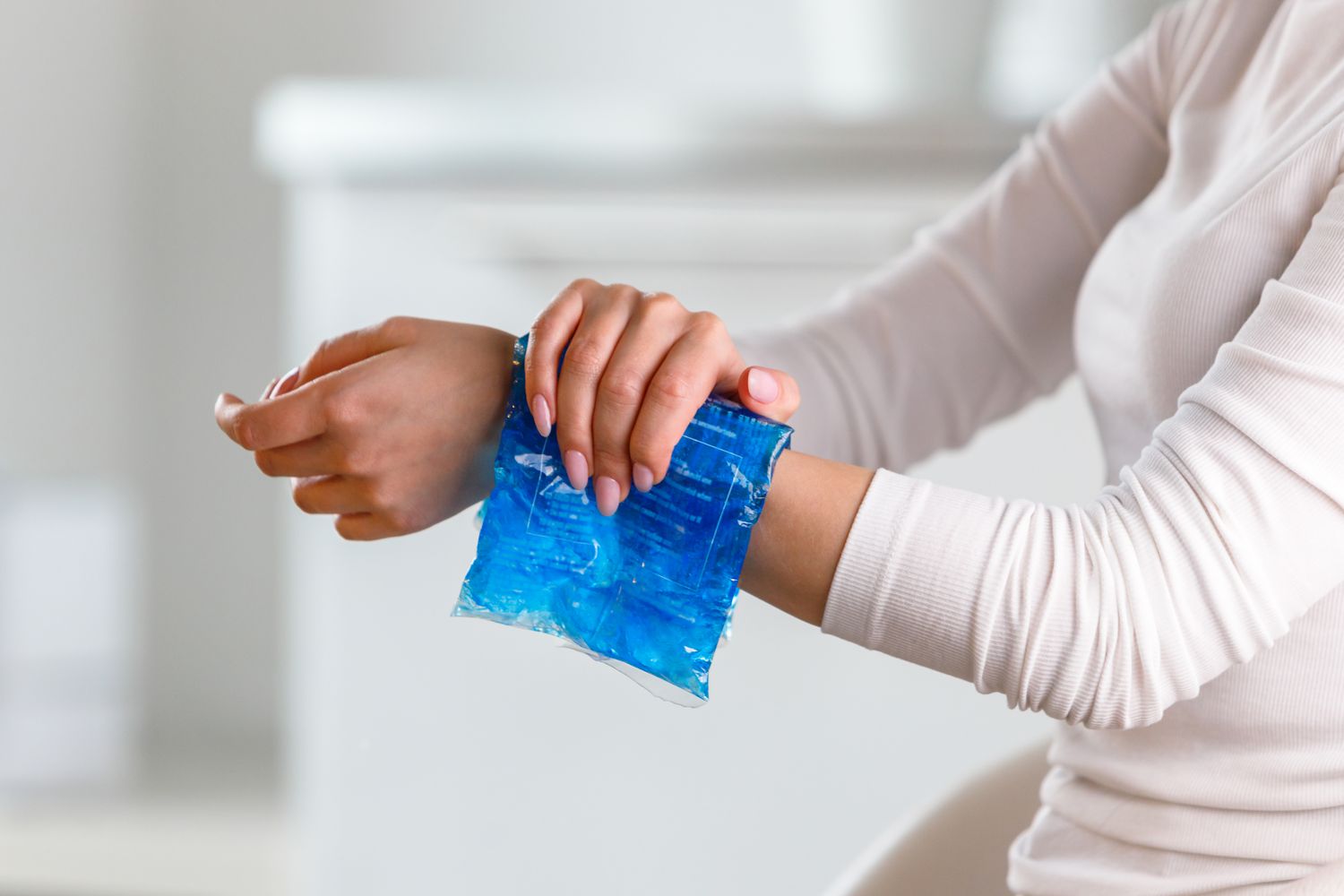
How to Use Heat and Ice Therapy for Joint Pain Relief
Joint pain is a common issue affecting people of all ages, particularly those with arthritis, injuries, or muscle stiffness. One of the simplest and most effective ways to manage discomfort is by using heat and ice therapy for joint pain relief. But knowing when to use heat versus ice is crucial for getting the best results. In this guide, we’ll cover how to use these therapies effectively, their benefits, and expert tips for safe application.
Heat vs. Ice Therapy: Which One is Right for You?
Both heat therapy (thermotherapy) and ice therapy (cryotherapy) help relieve joint pain, but they work in different ways:
- Heat therapy improves blood flow, relaxes muscles, and eases stiffness. It is best for chronic pain, arthritis, and muscle tightness.
- Ice therapy reduces swelling, numbs pain, and decreases inflammation. It is ideal for acute injuries, sprains, and flare-ups of joint pain.
Knowing when to use heat or ice can make a significant difference in pain management.
How to Use Heat Therapy for Joint Pain Relief
When to Use Heat Therapy
Heat is best for:
✅ Chronic joint pain from arthritis
✅ Muscle stiffness and tightness
✅ Sore joints due to cold weather
✅ Stress-related muscle tension
Best Heat Therapy Methods
- Heating Pads: Apply a heating pad to the affected area for 15-20 minutes at a time.
- Warm Towels: Soak a towel in warm water, wring it out, and place it on the joint.
- Hot Baths & Showers: A 20-minute warm bath with Epsom salts can soothe stiff joints.
- Paraffin Wax: Great for hand and wrist joint pain, especially in arthritis patients.
Safety Tips for Heat Therapy
- Never apply heat directly to the skin; use a barrier like a cloth.
- Avoid heat if the joint is swollen or inflamed.
- Do not exceed 20 minutes per session to prevent burns.
How to Use Ice Therapy for Joint Pain Relief
When to Use Ice Therapy
Cold therapy is ideal for:
✅ Recent joint injuries (within 48 hours)
✅ Swelling and inflammation
✅ Tendonitis or bursitis flare-ups
✅ Post-exercise joint pain
Best Ice Therapy Methods
- Ice Packs: Wrap an ice pack in a towel and apply for 10-15 minutes.
- Frozen Peas or Ice Towels: A simple alternative to store-bought ice packs.
- Cold Water Immersion: Useful for reducing swelling in ankles, knees, and wrists.
- Gel Cold Packs: These conform better to joints and are reusable.
Safety Tips for Ice Therapy
- Never apply ice directly to the skin to avoid frostbite.
- Use ice therapy in short sessions (10-15 minutes) with breaks in between.
- Avoid using ice before physical activity, as it can stiffen joints.
Can You Combine Heat and Ice Therapy?
Yes! Contrast therapy (alternating heat and ice) can be effective for chronic pain relief and injury recovery. Here’s how:
- Apply heat for 10-15 minutes to relax muscles.
- Switch to ice for 10 minutes to reduce inflammation.
- Repeat the cycle if needed, always ending with ice.
This method is especially useful for arthritis pain, sports injuries, and post-surgical recovery.
Expert Tips for Effective Heat and Ice Therapy
✔ Listen to your body: If heat or ice worsens your pain, stop immediately.
✔ Avoid extreme temperatures: Too much heat can cause burns, and excessive cold can damage tissues.
✔ Use a schedule: Apply heat or ice at the same times daily for better pain management.
✔ Stay hydrated: Proper hydration helps muscles and joints function optimally.
✔ Consult a doctor: If pain persists, seek professional medical advice.
Conclusion: Using Heat and Ice Therapy for Joint Pain Relief
Heat and ice therapy are powerful, natural methods for managing joint pain relief. Heat works best for stiffness and chronic pain, while ice is ideal for swelling and acute injuries. By understanding when and how to use each method safely, you can reduce pain, improve mobility, and enhance overall joint health. If symptoms persist, consult a healthcare professional for personalized guidance.

Leave a comment